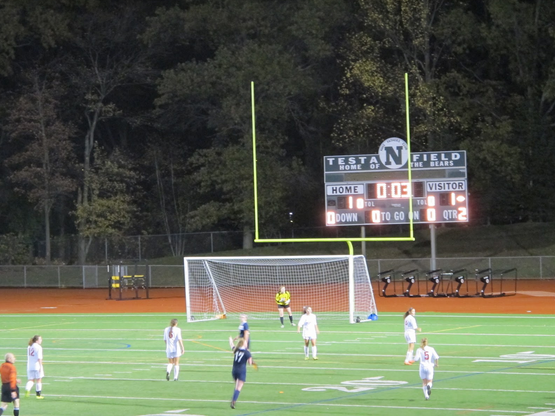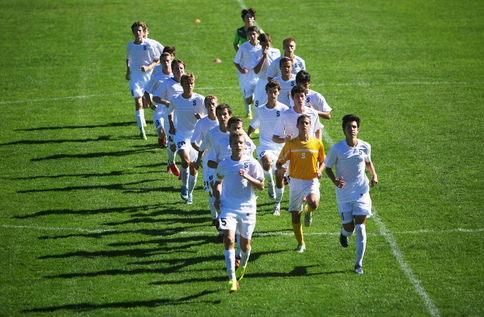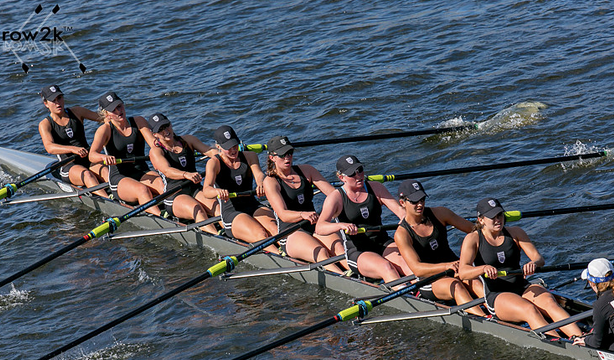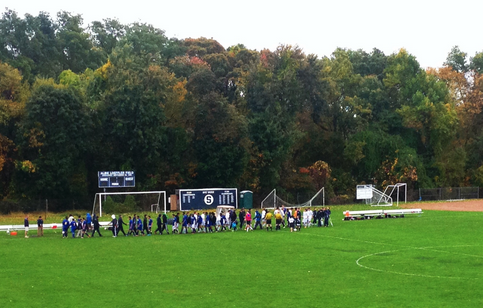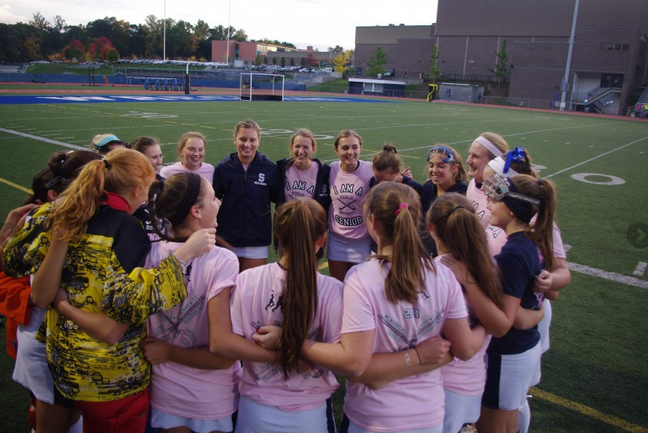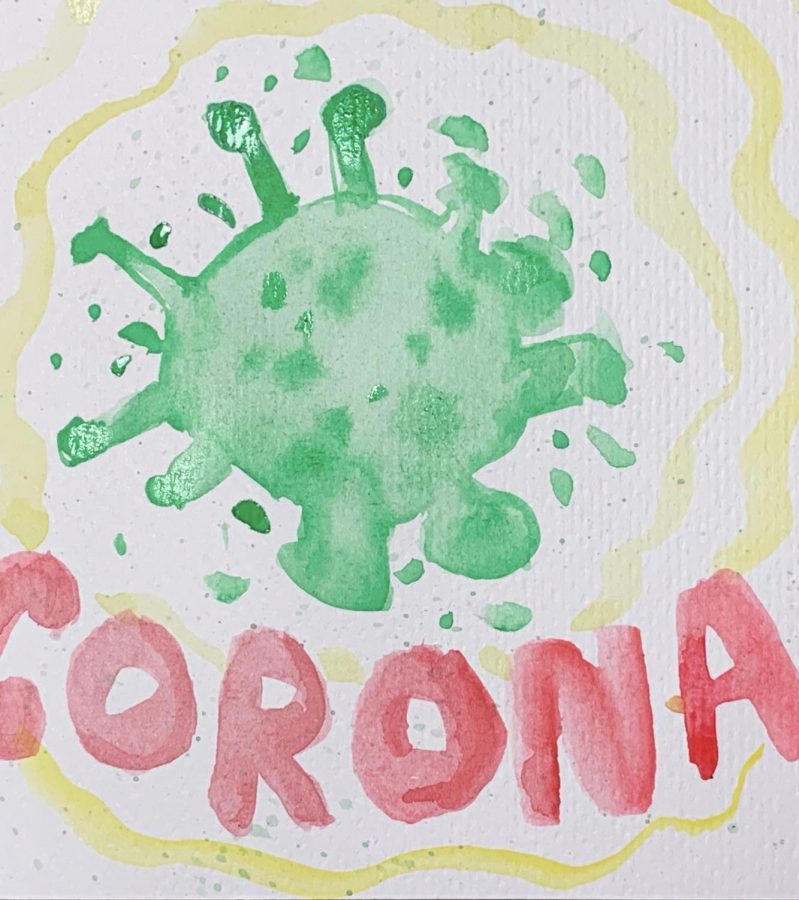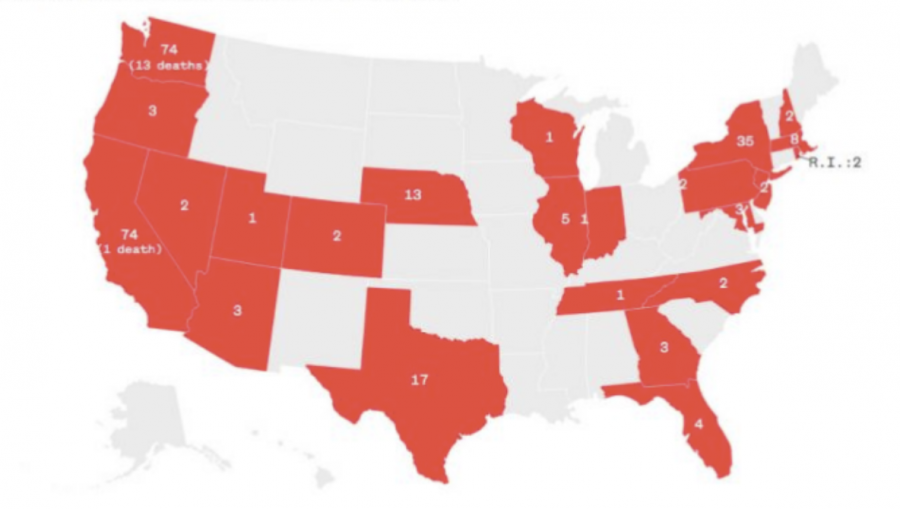He sits in class taking notes, but then looks down at his paper and forgets what he’s writing about. He gets off a couch to retrieve something, but when walking across the room, he forgets why he got up.
These are moments that former Wreckers varsity football captain and six-time concussion victim Chris Coyne ’11 deals with on a constant basis.
“I have severe memory issues that have plagued me for over a year now,” said Coyne, who now attends Yale University. “My memory has dropped to the third percentile, so it’s in pretty bad shape.”
In fact, Coyne’s memory is better than just three percent of the rest of the world.
Coyne was recently on ESPN’s “Outside the Lines” discussing his experiences and his new role in trying to educate young players about the effects of the most talked-about injury in sports today: the concussion.
It is estimated that there are currently anywhere between 1.6 and 3.8 million sports-related concussions in the United States every year, which has prompted the Centers for Disease Control and Prevention to declare them at an epidemic level. Efforts to prevent and treat sports-related concussions exploded after 2007, when the National Football League (NFL) released a study of over 2,500 retired NFL players, which proved that players who had had at least three concussions during their careers would have three times the risk of depression.
Coyne said that the concussions he sustained playing his favorite sport have certainly taken a toll on him since he was forced to quit football last year.
“I truly don’t know what to expect,” Coyne said. “From what we do know, those with a history of concussions are more prone to early Alzheimer’s, depression, anxiety, and suicide. I’m a strong guy, but I’ve seen people much stronger than I, most notably former NFL players, have their life ruined by these effects. So I really just don’t know what to expect.”
While concussions seem to be most closely associated with football players (there are approximately 67,000 high school football players diagnosed with concussions annually), these potentially life-changing injuries aren’t just restricted to the gridiron.For example, Courtney Barry ’13, a girls’ volleyball player, has suffered multiple concussions playing soccer.
“I can’t dive into pools, or jump on trampolines, or go on roller-coasters. I also can’t play contact sports for the rest of my life, which is hard for me,” Barry said. “I used to have a great memory, but my short-term memory is awful now, which gets frustrating.”
While concussions are prevalent in sports currently, Jake Titlebaum ’13, a former Staples football player who sustained a concussion last season, believes that they are handled well by Staples’ coaches and trainers.
“Coaches nowadays are stressing proper blocking and tackling techniques. As a result, I think there will be less and less concussions,” Titlebaum said. “Concussion awareness is as good as it has ever been. Coaches and trainers are constantly on top of their players making sure they are symptom-free.”
Titlebaum’s sentiment is one that Coyne and Barry both echo.
“I personally think that because of the amount of concussions I have had and the amount of doctors I have been to, trainers and people who evaluate head injuries are strict enough,” Barry said. “You can’t be too strict when it comes to head injuries; they are the epitome of the saying ‘better safe than sorry’ because you need your brain for the rest of your life.”
While Coyne also thinks that trainers and coaches handle potential concussions well, he worries about players who try to hide their injury to stay in the game.
“The trainers are great. They do everything right and are more than strict enough. Unfortunately, concussions are an invisible injury. So if a player wants to hide an injury from the trainer, they can,” Coyne said.
This is a problem that Coyne, with the help of the Sports Concussion Awareness and Prevention Program (SportsCAPP), is trying to put a stop to.
“My personal belief is that the culture of playing through concussions can only be stopped with player education,” Coyne said.
“Until players see first hand the real dangers of playing through a head injury, they will continue to do so. If they don’t, they could end up like me.”














































